Can cyber group takedowns last?
Threat groups can recover from website takeovers or rebrand for new activity – but each successful sting provides researchers with valuable data

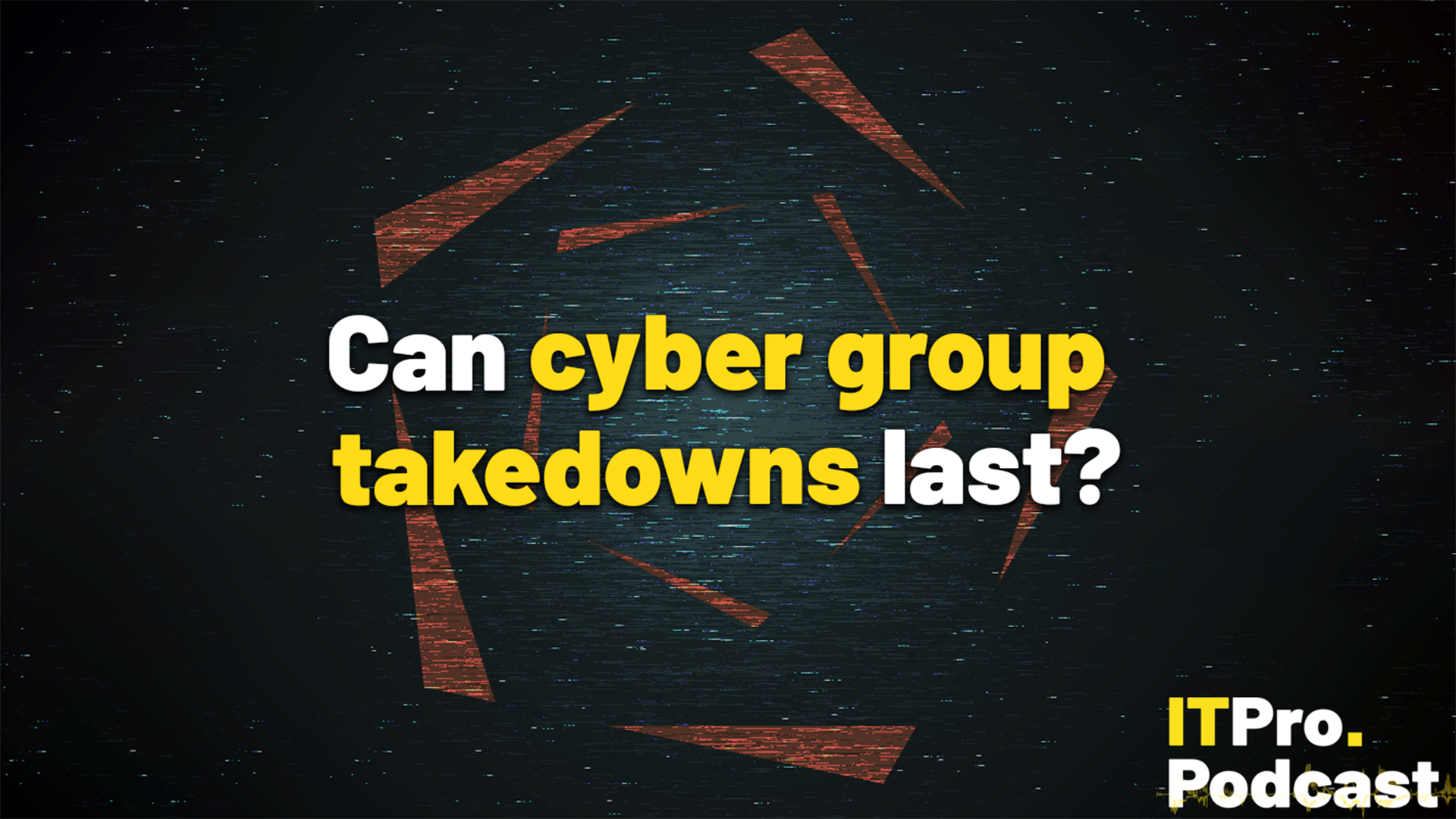
Every now and then, international law enforcement announces a stunning takedown of a cyber crime group.
Typically realized in the form of website shutdowns, in which the National Crime Agency logo is emblazoned across the dark web site of would-be hackers, these are powerful PR moves to show that cyber crime doesn’t always pay – and the seriousness with which law enforcement approaches these crimes.
But the truth is, hackers continue to operate. And sometimes, the very groups that have been billed done and dusted simply reemerge under a new site, new servers, or with a fresh coat of paint. What can we learn from this cycle – and does the industry need to take a different approach?
In this episode, Rory is once again joined by Ross Kelly, ITPro’s news and analysis editor, to explore some of the most prominent cyber crime gang takedowns we’ve had recently and what it means for the sector.
Highlights
"What you mentioned around, you know, data being leaked, that's vital intelligence for law enforcement, for threat researchers, and that's the big takeaway from a lot of these takedowns, I guess. In the wake of that, you're seizing domains, you're seizing servers, you're getting really valuable information on how these organizations work."
"The Veeam report said payments rose to an average of $1.1 3 million. And that's a 104% increase compared to the first quarter of this year. You know, the median payment rose two fold to $400,000, so it's high stakes. At the same time, though, we are seeing a stronger approach by enterprises. We had coverage out today as well, mentioning the fact that organizations are just outright refusing to pay and a part of that is down to the fact that they're really implementing more robust backup and recovery."
"With the Cobalt Strike situation, this is a really great example of enterprises teaming up law enforcement also having a critical role to play. The numbers speak for themselves: 200 malicious domains, 600 servers taken down by Europol. And misuse of the tool decreased by 80%, I mean that's a significant decrease there and I think it's an excellent example of the real impact that coordinated takedowns can have."
Sign up today and you will receive a free copy of our Future Focus 2025 report - the leading guidance on AI, cybersecurity and other IT challenges as per 700+ senior executives
Footnotes
- BlackSuit ransomware gang taken down in latest law enforcement sting – but members have already formed a new group
- Cobalt Strike abusers have been dealt a hammer blow: An "aggressive" takedown campaign by Fortra and Microsoft shuttered over 200 malicious domains – and it’s cut the misuse of the tool by 80%
- Hundreds of Cobalt Strike servers have been taken offline in a major law enforcement sting
- Ransomware victims are refusing to play ball with hackers – just 17% of enterprises have paid up so far in 2025, marking an all-time low
- Average ransom payment doubles in a single quarter
- 75% of UK business leaders are willing to risk criminal penalties to pay ransoms
- Can the UK ban ransomware payments?
- LockBit could be done and dusted after NCA operation gained access to admin environments, source code, and affiliate info
- LockBit ransomware group falls victim to hackers itself
- The Zservers takedown is another big win for law enforcement
- ‘I take pleasure in thinking I can rid society of at least some of them’: A cyber vigilante is dumping information on notorious ransomware criminals – and security experts say police will be keeping close tabs
Subscribe
- Subscribe to The IT Pro Podcast on Apple Podcasts
- Subscribe to The IT Pro Podcast on Spotify
- Subscribe to the IT Pro newsletter
- Join us on LinkedIn

Rory Bathgate is Features and Multimedia Editor at ITPro, overseeing all in-depth content and case studies. He can also be found co-hosting the ITPro Podcast with Jane McCallion, swapping a keyboard for a microphone to discuss the latest learnings with thought leaders from across the tech sector.
In his free time, Rory enjoys photography, video editing, and good science fiction. After graduating from the University of Kent with a BA in English and American Literature, Rory undertook an MA in Eighteenth-Century Studies at King’s College London. He joined ITPro in 2022 as a graduate, following four years in student journalism. You can contact Rory at rory.bathgate@futurenet.com or on LinkedIn.
-
 The six biggest security challenges coming in 2026
The six biggest security challenges coming in 2026In-depth What will be the main challenges businesses face in 2026 and what can they do to prepare?
-
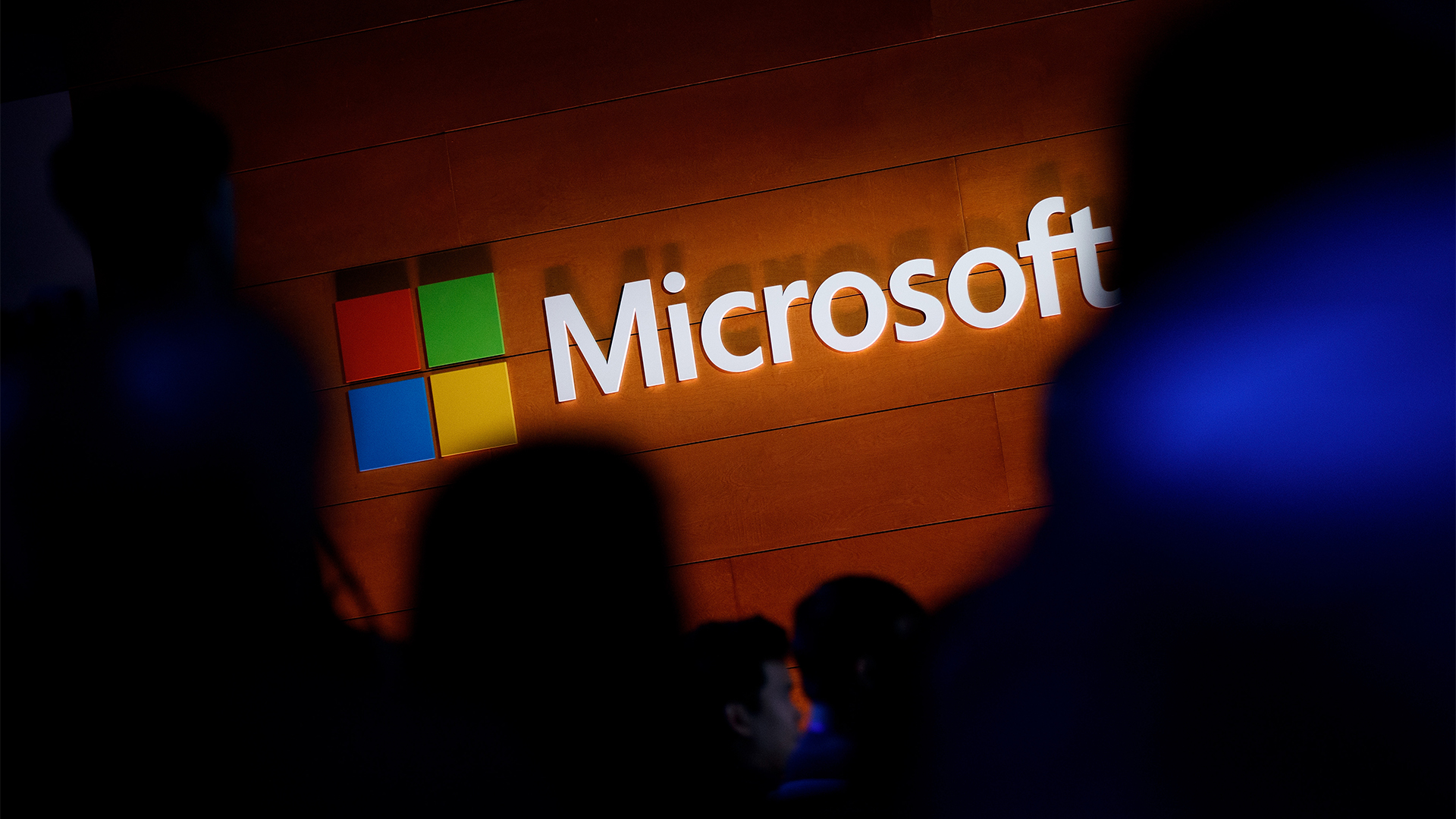 Channel focus: All you need to know about Microsoft's partner program
Channel focus: All you need to know about Microsoft's partner programChannel Focus The veteran OS developer and vendor continues to advance its strategy, particularly in Azure cloud solutions and AI
-
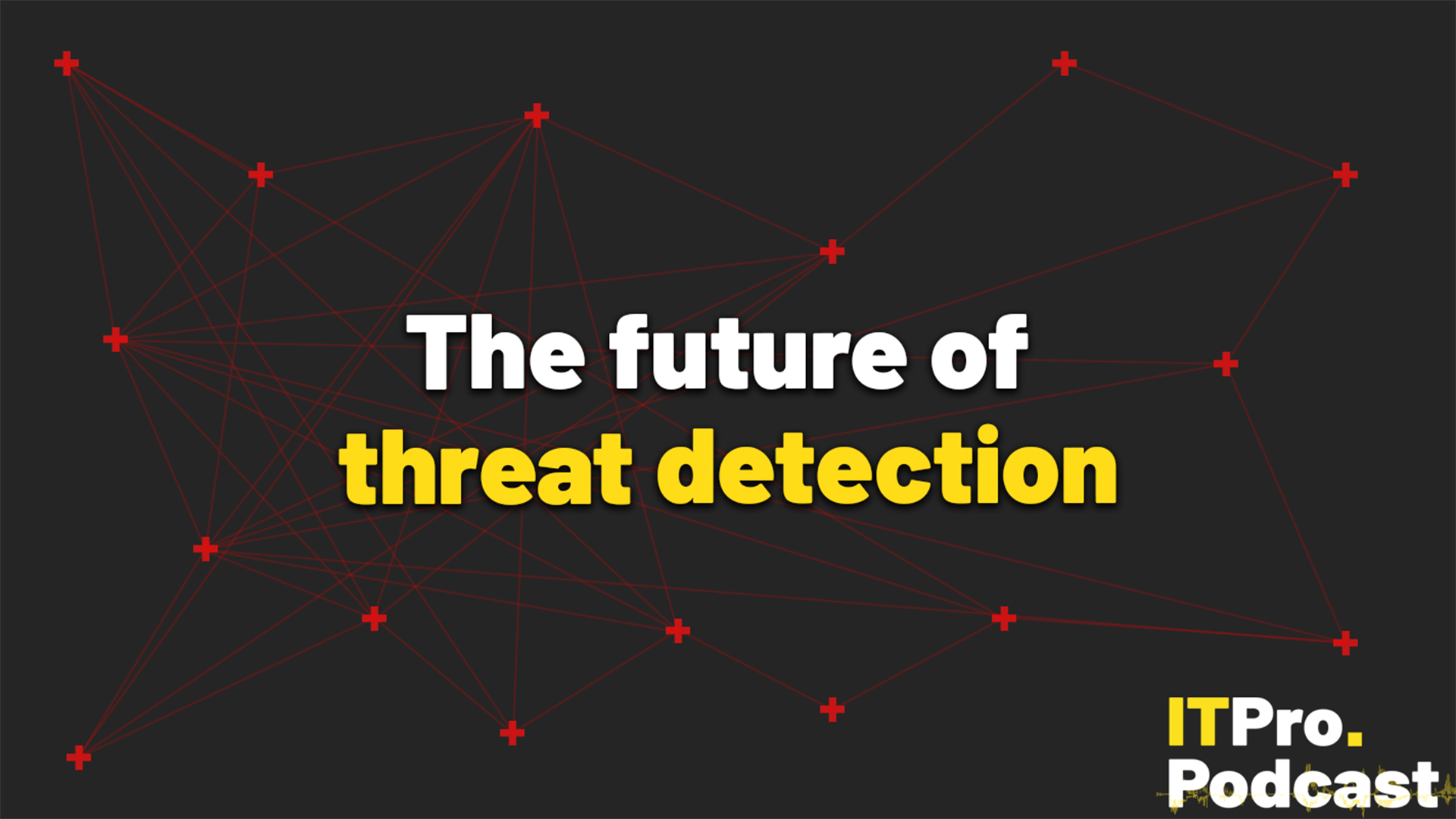 The future of threat detection
The future of threat detectionITPro Podcast To fight sophisticated threats, cybersecurity teams will need to unify data like never before
-
 November rundown: CrowdStrike's insider threat
November rundown: CrowdStrike's insider threatITPro Podcast As CrowdStrike grappled with a malicious employee, Cloudflare suffered a major outage
-
 Getting a grip on digital identity
Getting a grip on digital identityITPro Podcast As AI agent adoption explodes, security leaders will need better identity controls than ever before
-
 Let’s talk about digital sovereignty
Let’s talk about digital sovereigntyITPro podcast In the age of AI and cloud, where data resides is a key consideration
-
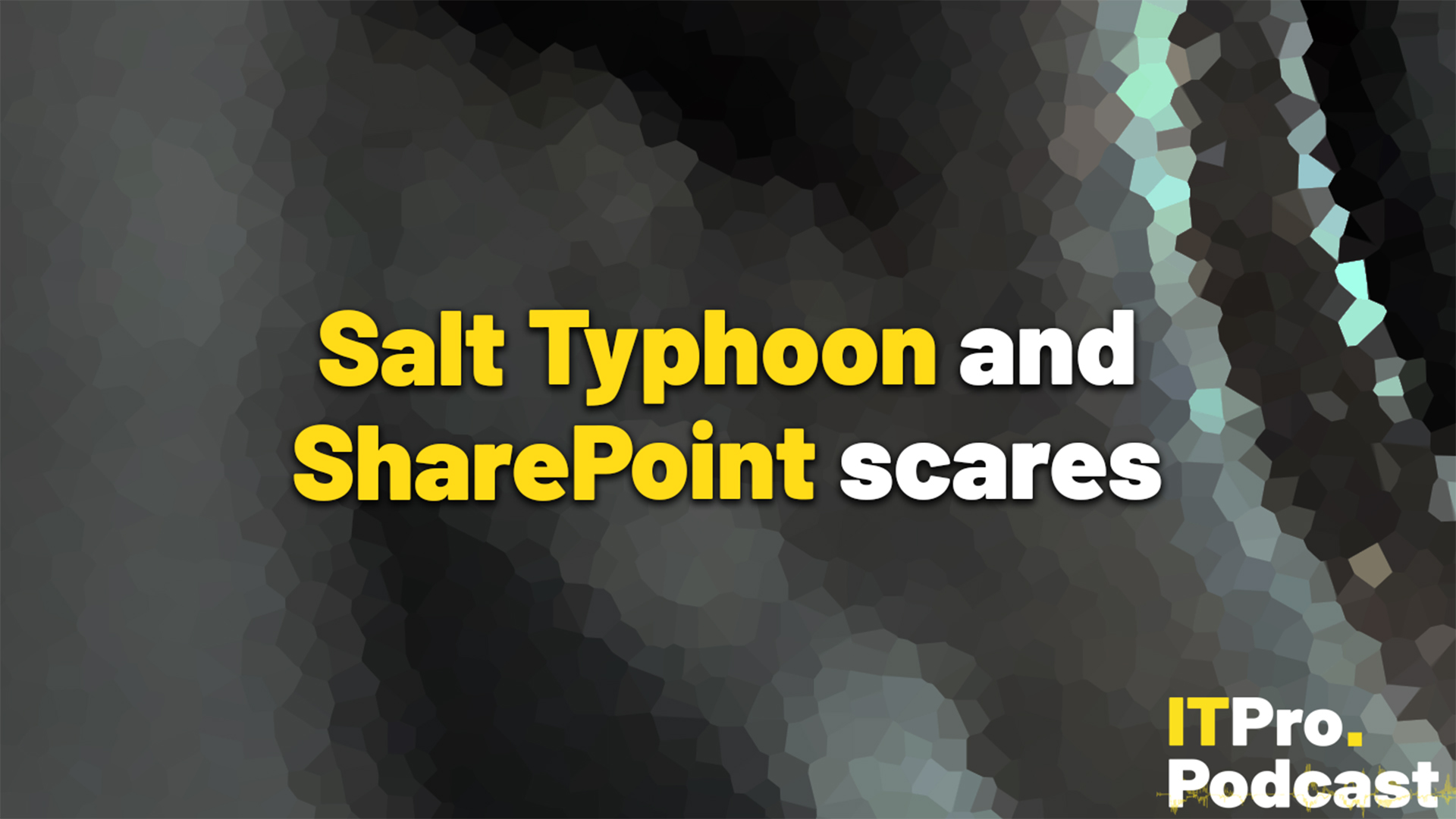 July rundown: Salt Typhoon and SharePoint scares
July rundown: Salt Typhoon and SharePoint scaresITPro Podcast US public sector organizations are under serious threat from the state-backed hacking group
-
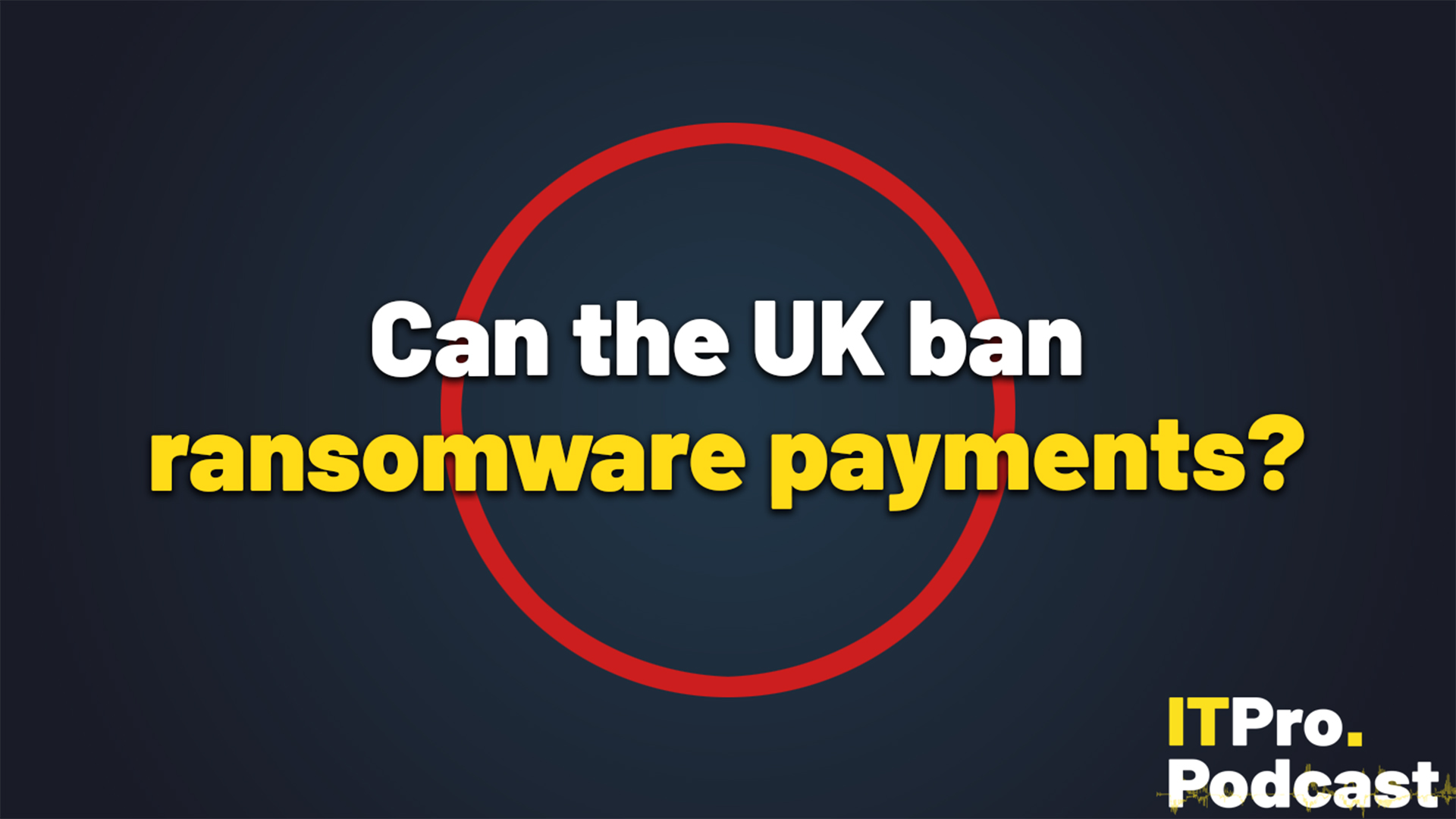 Can the UK ban ransomware payments?
Can the UK ban ransomware payments?ITPro Podcast Attempts to cut off ransomware group profits could instead harm businesses
-
 We need to talk about operational technology
We need to talk about operational technologyITPro Podcast Groups like Volt Typhoon are abusing poor hygiene in critical infrastructure to pre-position for attacks
-
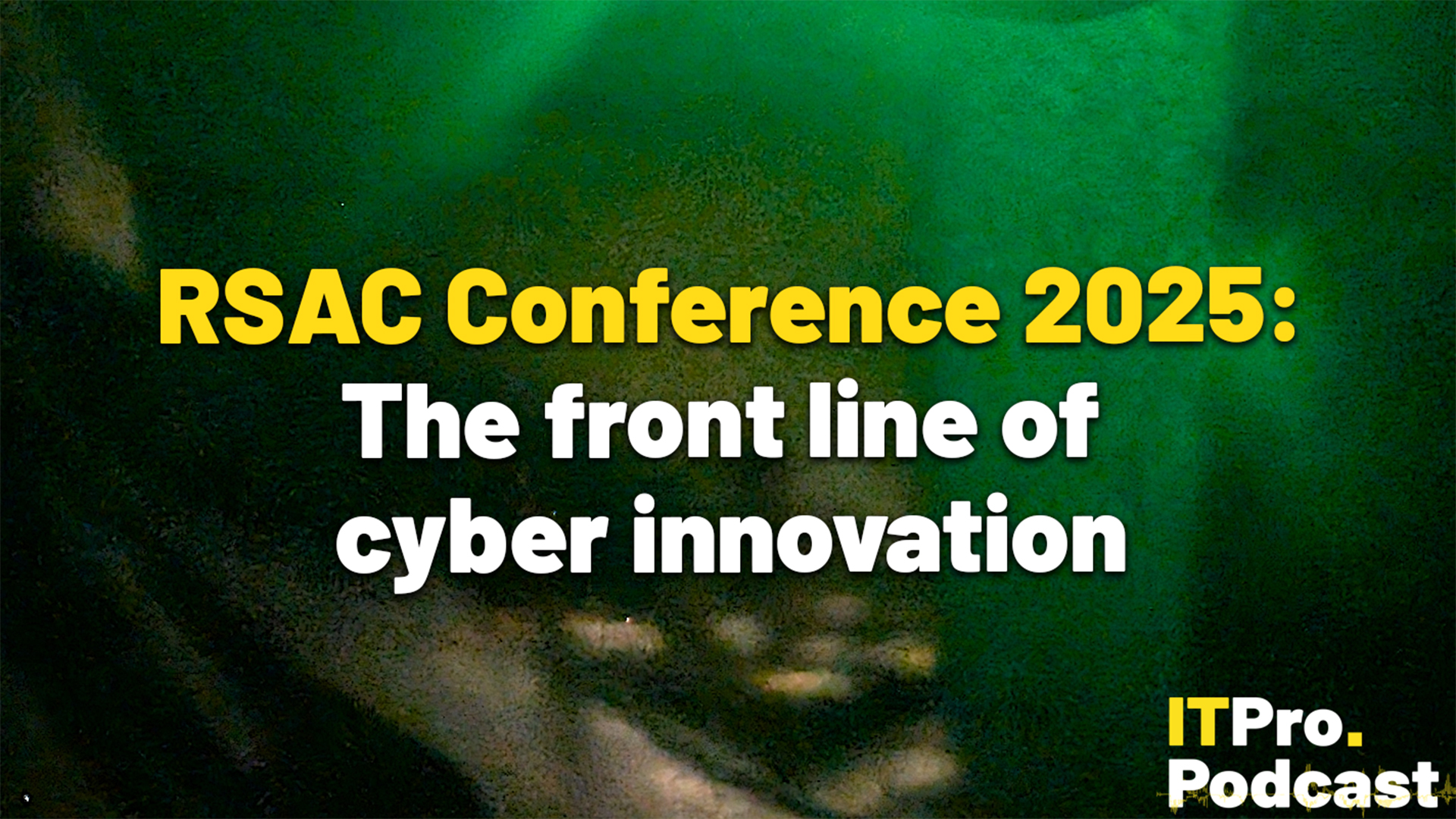 RSAC Conference 2025: The front line of cyber innovation
RSAC Conference 2025: The front line of cyber innovationITPro Podcast Ransomware, quantum computing, and an unsurprising focus on AI were highlights of this year's event